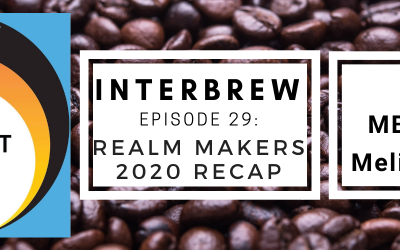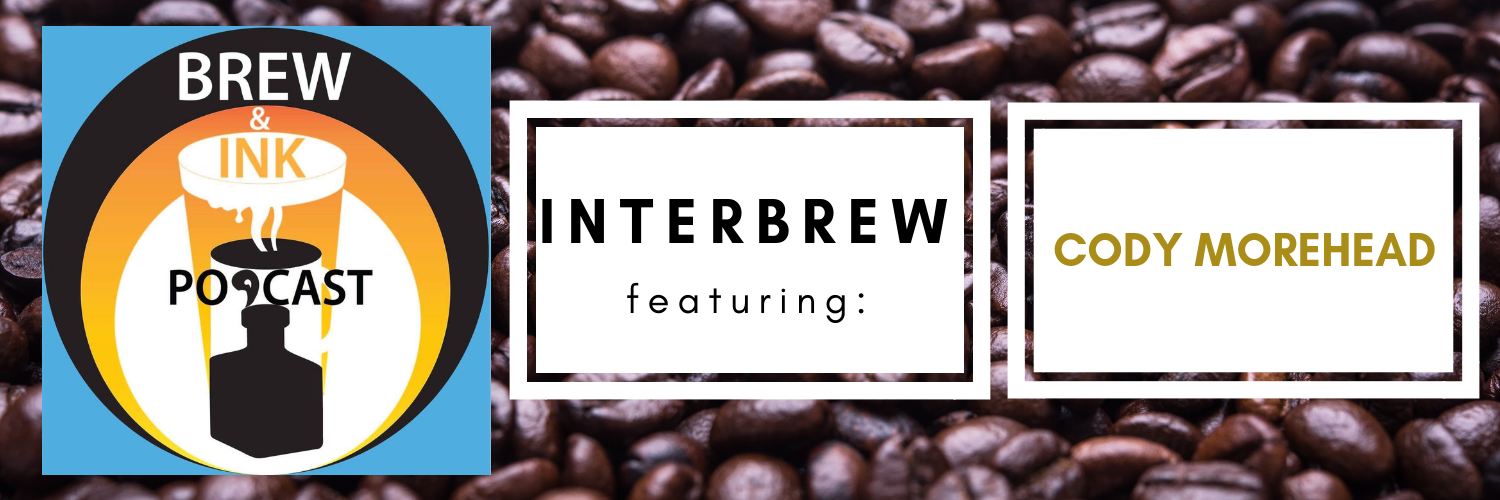One-Sheets: Is it Worth Your Time?
When I first heard that I had to take a “one-sheet” to a writers conference, I thought, “One sheet of what?” My book was still mostly an idea in my mind, but it forced me to think through my book from beginning to end.
What Does a One-Sheet Do?
The one-sheet’s primary purpose is as an introductory tool so an agent or editor can get an idea of who you are and what your book is about. Its other purpose is to distract the editor while you take a few deep breaths and wipe your sweaty palms down the leg of your pants.
Though it’s important to keep the one-sheet professional, it will not make or break you. The majority of the time, the editor will scan it and hand it back, so you don’t even need a lot of copies.
What to Include in a One-Sheet:
Contact Information
All you need is your name, email address, and website. For safety reasons, leave your address and phone number off. If you’re represented by an agent, include his or her contact information.
Headshot and Bio
Keep the headshot professional and small. You have a lot of information to include, and your headshot doesn’t need to take up half the space. The same goes for your bio. Include relevant detail and provide a call-to-action for people to check out your website or social media platform.
Book Title and Blurb
Think of this as a back cover copy or a short synopsis. You’ll need a great hook as well as details about how the book progresses.
Book Statistics
Include your approximate final word count (even if the work isn’t finished), genre, target audience, and how long it will take you to complete if it’s not done. If you have endorsements, include a couple here, as well. This gives the editor an idea of the type of book you’re pitching.
Relevant Photo
Your one-sheet should look beautiful. Make sure the image is relevant to your topic. My first one-sheet did not include a photo. It would have helped things tremendously. That said, keep the aesthetic of your one-sheet clean and don’t be afraid of white space or color.
“I would much rather you have a one-sheet (when pitching a project at a conference). So you have in front of you exactly what you want to pitch to me. And the pressure’s off. We can sit and talk . . . and you don’t have to worry that you didn’t say the right thing.”
— Cindy Sproles, Acquisitions Editor
How to Create a One-Sheet
Use a software program that is familiar to you. On non-Mac computers, you can use Microsoft Word or Publisher. For Mac fans, Pages works well. For photo editing, Canva and PicMonkey ar
Keep your fonts readable—don’t use the Comic Sans font!—and don’t add anything that doesn’t belong. Your one-sheet not only reflects your book, but it reflects who you are as a writer.
My first one sheet was a disaster, but even so, I signed a contract three months after the conference. It’s important to remember that you and your ideas are the most important thing.
Do your best to make your one-sheet amazing, but at the end of the day, an editor or agent will work with you because they like your book idea and they like you.
“One sheets are fantastic resources. They help you remember what your book is about, when you get pitching jitters, and give agents and editors a great overview of your project.
— Hope Bolinger, Literary Agent
One-Sheet Resources:
- Good and Bad Examples of a one-sheet
- Book Proposals & One-Sheets | Writers Chat
- Bethany’s first ever one-sheet (terrible)
- Bethany’s nonfiction one-sheet with edited mistakes
- Bethany’s nonfiction one-sheet without mistakes
- Johnnie Alexander’s novel one-sheet
- How to Create a Compelling One-Sheet | Books & Such Literary Management
- How to Create a Writers Conference One Sheet | Book Launch Mentor
- Examples: Miller Media Solutions – one sheets
- Picture Book one sheet example: LisaReinicke.com
- The Write Conversation {author Edie Melson}
- How to Create an Author One-Sheet | Blogging Bistro
- How to Prepare for Writers Conferences | Writer’s Chat
- Conferences We Love | Writer’s Chat
- Pitch Perfect | Serious Writer Academy
- Season 4 Episode 4 | Brew & Ink Podcast
- One Sheet | Almost an Author





0 Comments